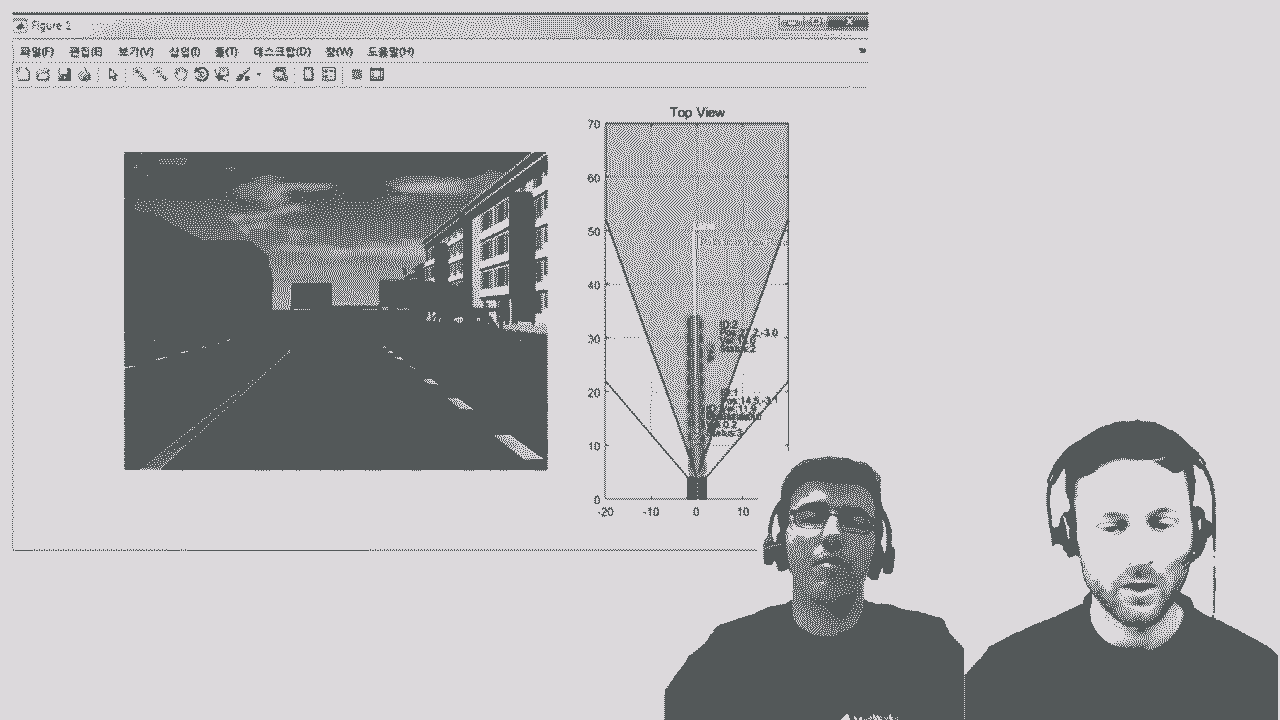What Are MATLAB Apps?
You can use MATLAB® apps to complete common tasks and workflows for science, engineering, and research areas without needing to write code. All apps provide a visual, interactive experience that indicates what you need to fulfill that task and how to reproduce and share your work quickly.
MATLAB users with a high-level understanding of a particular domain can use apps to perform meaningful computations and learn from those results. Domain experts can quickly use MATLAB apps to produce results, visualizations, and data models. Apps are specialized for tasks, but each app follows a general predictable workflow.
It can take deep expertise and a lot of time to figure out which algorithm is best for your problem. Some apps let you try out many algorithms at once and quickly see how the results compare. Many apps can leverage Parallel Computing Toolbox™ for faster processing. Once you’ve identified a good candidate, you can learn about and adjust parameters directly within the app.
Any work accomplished in a MATLAB app can be quickly reproduced through the code generation features; some apps can even generate data models directly. You can also modify the code that MATLAB produces and apply it to other data.
Published: 1 Mar 2013
Use MATLAB Apps to do things in MATLAB without having to write code. From designing digital filters, to deep learning networks, all apps provide a visual, interactive experience that shows you upfront what you need to complete that task. And any work you accomplish can be quickly reproduced and shared with others through the app’s automatic code generation.
MATLAB has tools that cater to an extensive range of science, engineering, and research areas, and many of these Toolboxes have Apps for important and common tasks. Even if you only have a high-level understanding of a particular domain, you can use apps to perform meaningful computations and learn from those results. Domain experts can quickly use MATLAB apps to produce results, visualizations, and data models, again, without needing to write any code.
While each app is specialized for its particular task, you’ll follow the same general steps to start using them. First, you can see your available apps by clicking the Apps tab up here. If you’re confronted with a flurry of options, use the search bar to narrow down your selection.
Naturally, one of the first things you’ll do is import data to the app. Usually, this will be data from the MATLAB workspace, although apps which process things like images or videos provide options to import from your File System.
Next, some apps give you options to preprocess your data. If you’re new to the domain, you can accept the default settings, but if you understand the effect of these settings, you can adjust them to produce results more accurately and quickly.
Generally, the app will provide a visualization of your data, and provide direction for exploring your data through the app’s interactive controls. Here in the Signal Analyzer app, these sets of views suggest useful ways of looking at this sound clip, like representing it by frequency. The analyzer tab indicates signal preprocessing as a common task, and you can observe the effect of different parameters on the data without needing to write code or look up function names.
It often takes deep expertise and a lot of time to figure out which algorithm is best for your problem. Apps like Classification Learner let you try out many algorithms at once, and quickly see how the results compare to one another. Many apps can leverage Parallel Computing Toolbox for faster processing. And once you’ve identified a good candidate, you can learn about and adjust parameters without needing to write any code.
When you’re happy with your results, be assured that you can quickly reproduce those results so that other people, including your future self, can replicate and improve on your findings. Many apps can autogenerate the MATLAB code that corresponds to models and calculations you produced; some apps can even generate data models directly. To use the autogenerated code, like this MATLAB function, simply run the function with the same data as you input to the app, and you’ll get the same results; in this case, the selected model for export. Now that MATLAB has written all this code, you can make adjustments to the function, and quickly apply it to other data.
MATLAB Apps save time and energy writing and troubleshooting new code. They make it easy to learn about new domains and analyze your data, with all the steps and components of key workflows in one place; no need to look up individual functions. You can run multiple experiments on your data and compare results side-by-side to find the best one. And you can quickly reproduce your work, enabling others to leverage your findings and quickly apply them to other data.
To get started, click on the Apps tab to see which apps are available to you, and visit the app’s documentation for examples and more information.




